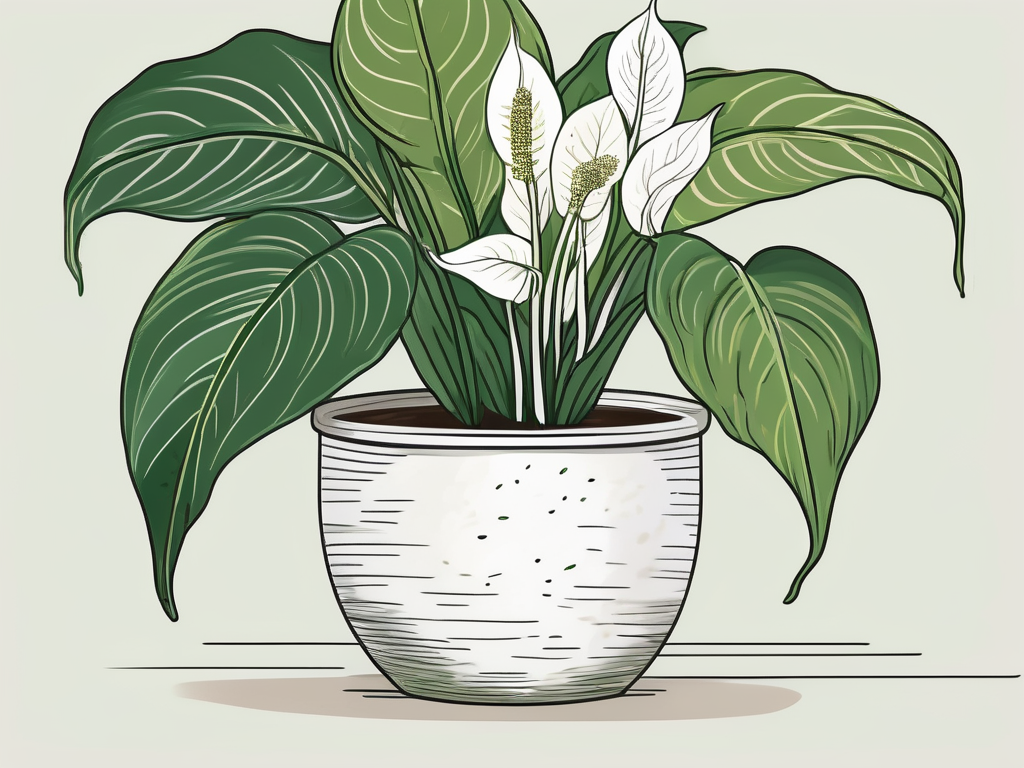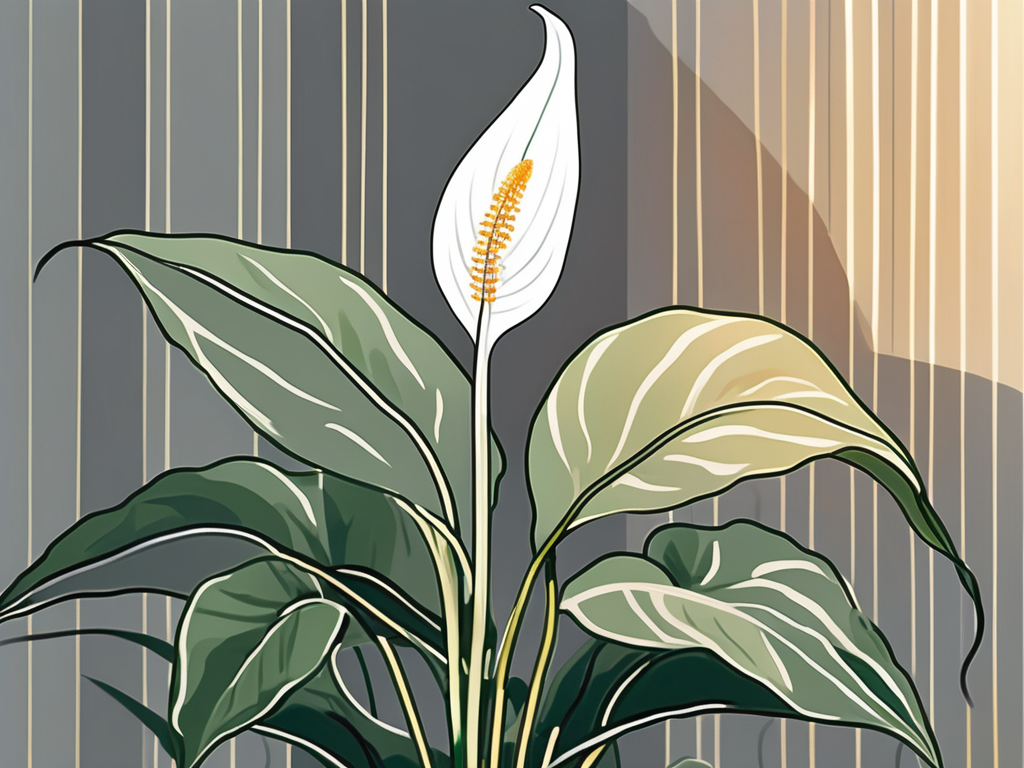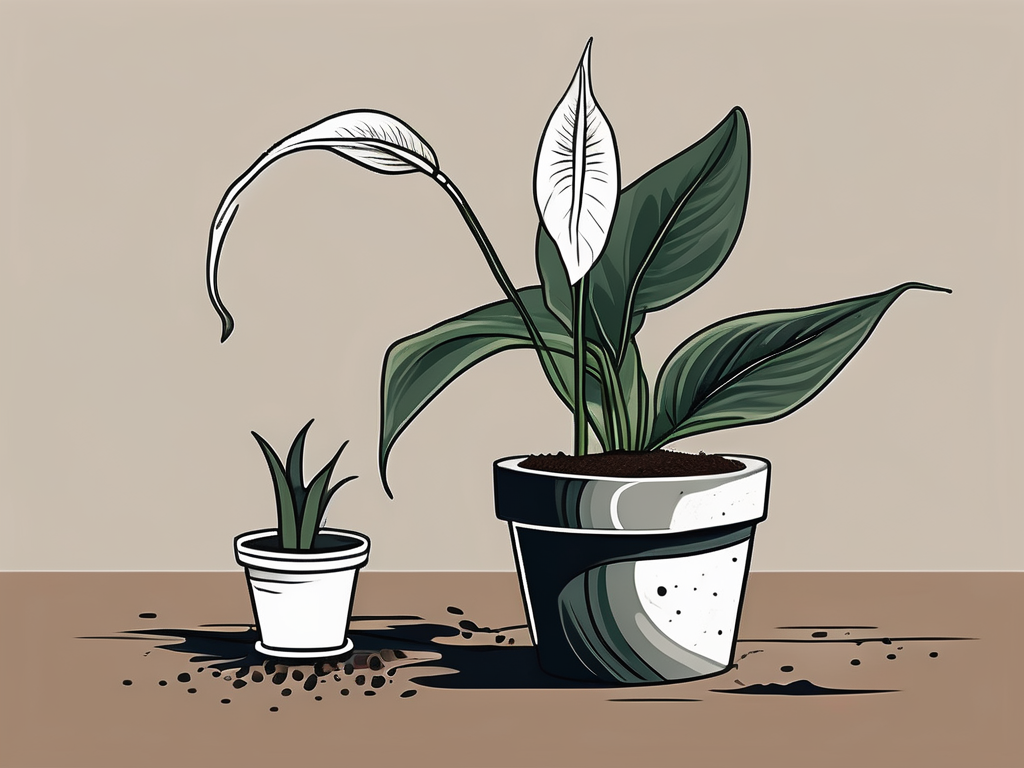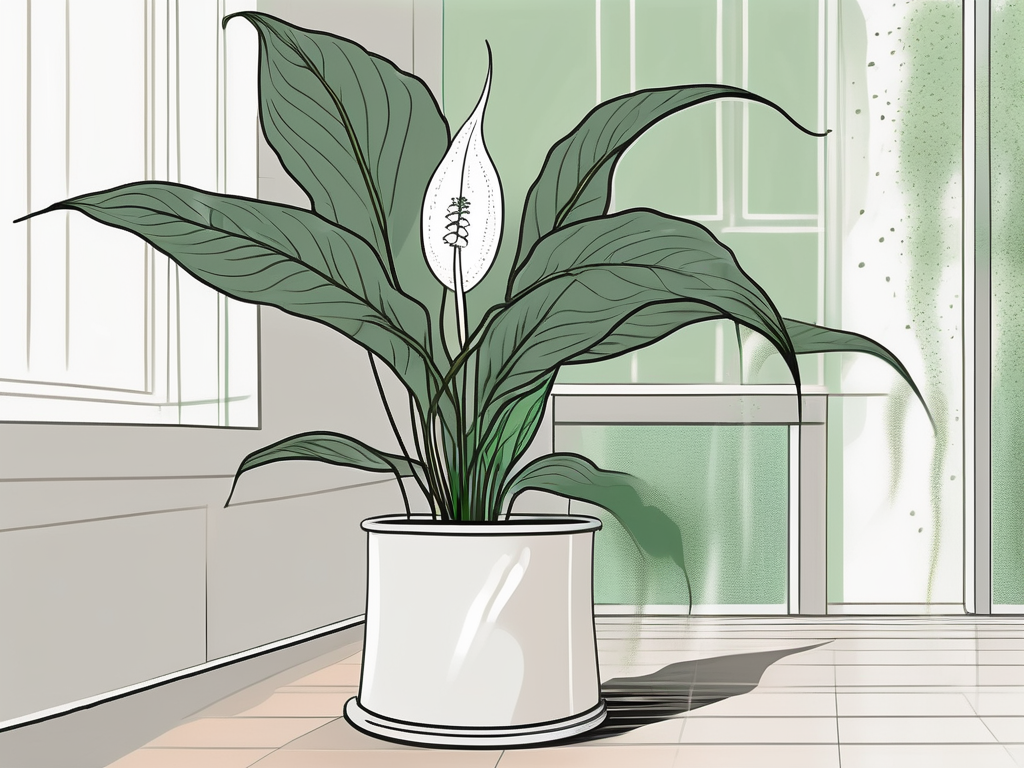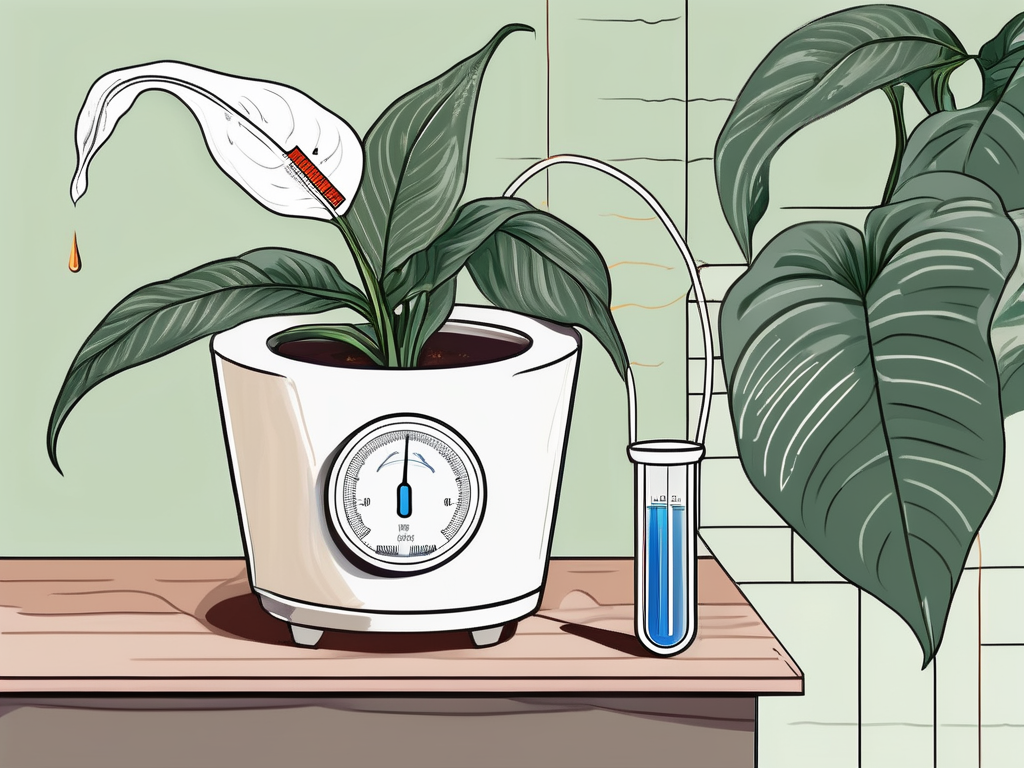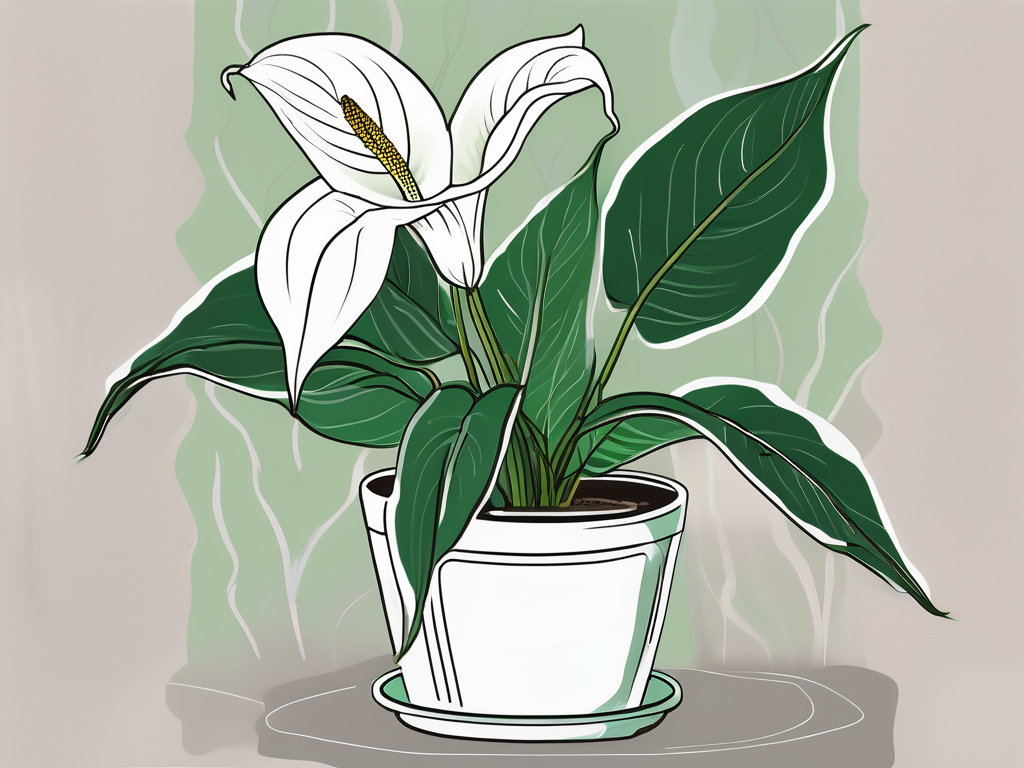
Peace lilies are beloved for their glossy leaves and striking white flowers, making them a favorite among houseplant lovers. But while they may look easygoing, these plants have specific needs when it comes to their environment. One of the most significant factors contributing to the health and vibrance of peace lilies is humidity.
In this article, we'll explore why humidity matters so much for peace lilies, how to maintain the right levels in your home, and practical tips for keeping these beautiful plants healthy and happy. We'll also look at some common issues related to humidity and how to tackle them. Ready to dive in? Let's get started!
Understanding Peace Lilies and Their Natural Habitat
Before we talk humidity, let's take a quick look at where peace lilies come from. Native to tropical rainforests of Central and South America, these plants thrive in warm, humid conditions. They typically grow on the forest floor, tucked away under the canopy, which shields them from direct sunlight but also means they're used to high levels of moisture in the air.
In these natural settings, humidity levels rarely drop below 50%, and the air is often saturated with moisture. This is quite different from the average home environment, especially during winter months when indoor heating can dry out the air significantly. Understanding this natural habitat helps us better appreciate why peace lilies crave humidity and how we can try to replicate these conditions in our homes.
Why Humidity is Important for Peace Lilies
Humidity is not just a preference for peace lilies—it's a necessity. When the air is too dry, peace lilies can suffer from several issues that can affect their overall health and appearance. Here's a closer look at why maintaining adequate humidity is crucial:
- Prevents Leaf Browning: One of the first signs your peace lily might be struggling with low humidity is browning leaf tips. Dry air can cause the moisture in the leaves to evaporate more quickly, leading to dehydration and browning.
- Supports Overall Growth: Humidity plays a role in the plant's ability to photosynthesize efficiently. Without enough moisture in the air, the plant's metabolic processes slow down, leading to stunted growth.
- Reduces Stress: Like us, plants experience stress when they're not in their ideal environment. High humidity helps peace lilies maintain their structural integrity and stay stress-free.
While peace lilies can tolerate less-than-ideal conditions for a while, prolonged exposure to dry air will eventually take its toll. That's why understanding and managing humidity is key to keeping your peace lily thriving.
Signs Your Peace Lily Needs More Humidity
How do you know if your peace lily is not getting enough humidity? Thankfully, these plants are pretty communicative when it comes to their needs. Here are some telltale signs:
- Browning Tips: As mentioned earlier, if you notice the tips of your peace lily's leaves turning brown, it could be a sign of low humidity.
- Wilting Leaves: Even if the soil is adequately moist, your peace lily might wilt if the air is too dry. This is because the plant is losing moisture faster than it can take it up from the soil.
- Leaf Curling: Leaves that curl inward can indicate that your plant is trying to conserve moisture in a dry environment.
If you notice any of these signs, it might be time to reassess the humidity levels around your peace lily. Luckily, there are several ways to adjust the humidity in your home.
How to Increase Humidity for Peace Lilies
Now that we know how important humidity is for peace lilies, let's discuss some practical ways to boost humidity levels around your plant:
- Use a Humidifier: This is perhaps the most effective way to maintain consistent humidity levels. Place a humidifier near your peace lily to provide a steady stream of moisture.
- Mist the Leaves: Use a spray bottle to mist your plant's leaves regularly. This provides a temporary boost in humidity and can be quite refreshing for your peace lily.
- Group Plants Together: Plants naturally release moisture into the air through a process called transpiration. Grouping several plants together can create a more humid microenvironment.
- Use Pebble Trays: Place a tray filled with water and pebbles beneath your peace lily's pot. As the water evaporates, it increases the humidity around the plant.
These methods can help recreate the humid conditions peace lilies love, ensuring they stay healthy and vibrant.
Dealing with the Challenges of High Humidity
While it's essential to maintain adequate humidity, too much moisture can also lead to problems. Peace lilies can be susceptible to fungal infections if they're kept too wet. Here are some challenges to watch out for:
- Pest Issues: High humidity can attract pests like spider mites and aphids. Regularly inspect your plants for any signs of infestation, such as webbing or tiny bugs.
- Fungal Diseases: Overly humid conditions can promote the growth of fungi. Look out for moldy soil or spots on the leaves.
- Root Rot: If the soil remains too wet for too long, it can lead to root rot, which can seriously harm your plant. Ensure your pot has good drainage to avoid this issue.
Balancing humidity means keeping the air moist without creating a swampy environment. Regular monitoring and adjusting are key to finding that sweet spot.
Choosing the Right Spot for Your Peace Lily
Where you place your peace lily in your home can significantly affect its humidity needs. Here are some considerations for choosing the perfect spot:
- Avoid Direct Sunlight: Peace lilies prefer indirect light. Direct sunlight can dry out the air and stress the plant.
- Steer Clear of Drafts: Cold drafts from windows or doors can lower humidity and chill your plant. Find a spot that's warm and stable.
- Choose the Right Room: Bathrooms and kitchens are often more humid than other rooms, making them great places for peace lilies.
By selecting the right location, you can naturally help maintain the humidity levels your peace lily needs to thrive.
Common Myths About Peace Lilies and Humidity
There are plenty of myths floating around about peace lilies and their humidity needs. Let's clear up a few misconceptions:
- "Peace Lilies are High Maintenance": While they do have specific needs, peace lilies are not overly demanding. With a little attention to humidity and watering, they can be quite forgiving.
- "They Only Survive in the Tropics": While they originate from tropical environments, peace lilies can adapt to different conditions. You don't need to live in a rainforest to keep one happy!
- "You Must Mist Daily": While misting is beneficial, it's not mandatory every day. Other methods, like pebble trays or humidifiers, can also help maintain humidity.
Understanding these myths can help you provide better care for your peace lily without unnecessary stress or effort.
Monitoring Humidity Levels in Your Home
You might be wondering how to keep track of humidity levels around your peace lily. Here are some simple ways to monitor and adjust as needed:
- Humidity Meters: Invest in a hygrometer—a small device that measures humidity. They're affordable and can give you a clear idea of the humidity levels in your home.
- Observe Your Plant: Keep an eye on your peace lily for any signs of distress, like browning tips or wilting leaves. These can be indicators of low humidity.
- Adjust as Needed: If you find that your home is consistently too dry, consider using a humidifier or trying other methods to increase moisture in the air.
Regular monitoring and adjustments can help ensure that your peace lily remains happy and healthy.
Final Thoughts
Maintaining the right humidity levels is vital for keeping your peace lily healthy and vibrant. From understanding their natural habitat to recognizing signs of distress, the care you invest will pay off with a beautiful, thriving plant.
At Cafe Planta, we’re passionate about helping you nurture your plant collection. Whether you're looking for more plant care tips or need advice, feel free to email us or reach out on Instagram. We believe in the power of plants to connect and inspire, and we're excited to share this journey with you.













